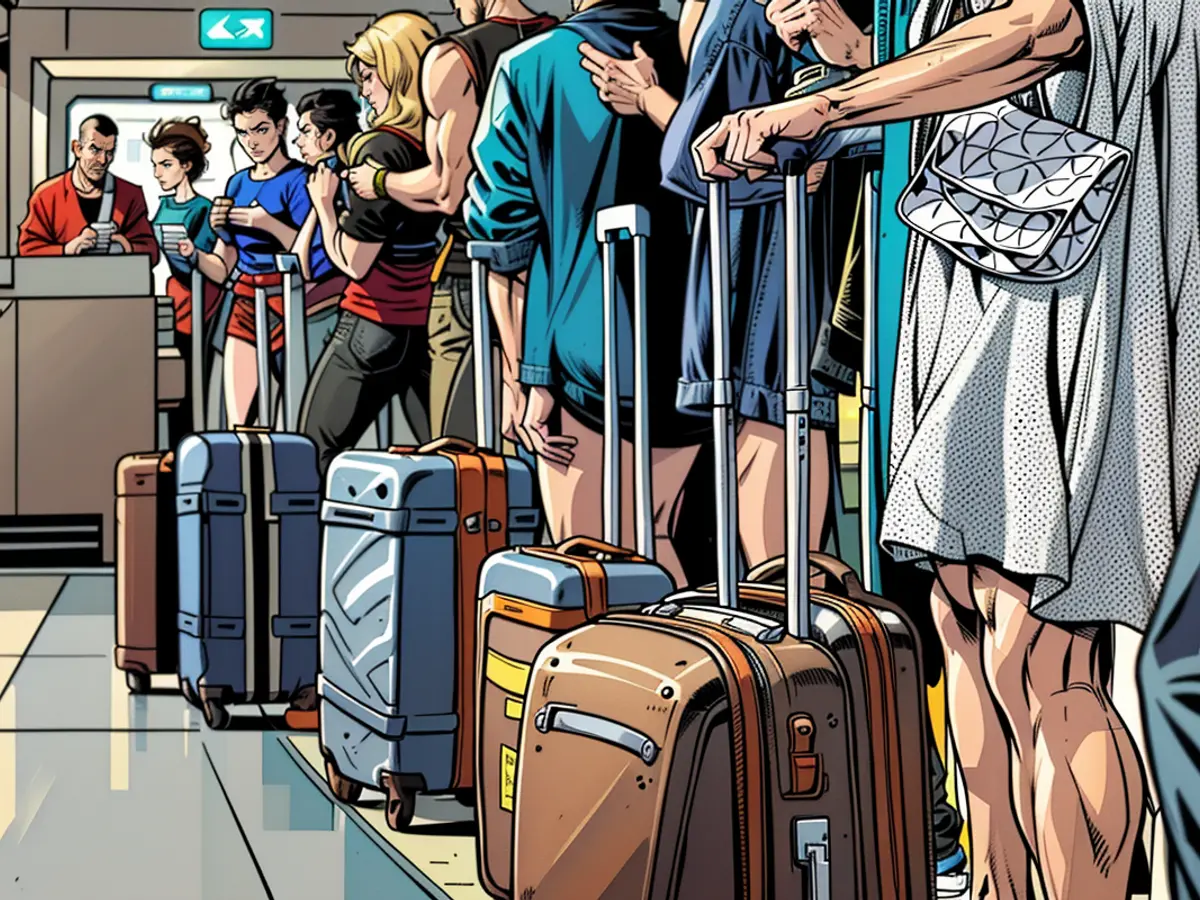Pick the Best Seat on the Plane for Every Flying Scenario
Selecting an airplane seat can feel like a critical part of your booking process—and it is. Your seat can have a lot to do with your comfort when you fly, and economy cabins certainly aren't getting any better with time. There are a couple of tools—including SeatGuru and aeroLOPA—that allow you to view seating configurations on specific aircraft, as well as details like pitch, width, and reclining angle, and ExpertFlyer can actually alert you to the availability of preferred seats on your flight.
But while legroom and overall spaciousness is a major consideration when booking, it isn't the only one, and the roomiest seat might not be optimal if you have a tight connection or are really nervous about turbulence. Consumer advocacy site AirAdvisor recently broke down the best (and worst) seat choices for different flying scenarios. Here's what to look for in your seat selection, especially when booking an economy fare.
The best seat for legroom and spaciousness
Getting a seat with plenty of legroom is a priority for a lot of travelers. Paying extra for a premium economy, business, or first class ticket is one way to guarantee more space, but if you're flying regular economy, your best bet is to book the bulkhead or exit row (which may also carry an extra fee), or at least an aisle seat. The worst option is a window seat, especially on budget carriers like Spirit, which tend to have the lowest seat pitch.
For passengers with larger bodies, seat width and location may also be considerations. Different airlines have different seat widths, ranging from 16 inches on budget carriers to 19 inches or more on newer aircraft owned by carriers like Delta. Southwest currently has the best accommodations for customers of size, though the airline has recently considered changes to the existing policy. In general, though, aisle and bulkhead seats offer the most space.
Again, you can check SeatGuru to find the measurements for specific seats on your flight to inform your selection. A reminder that exit rows, in addition to costing more on some carriers, also have restrictions on age, communication, and physical capacity for passengers seated in them in case of an emergency.
The best seat for sleep
If sleep is your top concern when flying, you definitely don't want an aisle seat, where you'll probably have to get up a handful of times to let others in your row pass. Instead, opt for a window seat, especially in the bulkhead, or at least on the left side of the plane where window placement is more favorable for leaning against the wall. Avoid seats near bathrooms and galleys, areas that are likely to be busier and noisier.
The best seat for working
While the back of the plane isn't attractive to most passengers, that's exactly what makes it the best place to work outside of premium classes. If your flight has empty seats, they're likely to be toward the back, which means it may be quieter with room to spread out. AirAdvisor also recommends seats in center sections on larger planes, as you and your seat mates have easier access to aisles on both sides. Otherwise, middle seats are the worst choice for productivity.
The best seat if you have a short connection
If you have limited time to catch a connecting flight, you're probably looking to book an aisle seat. This is a good bet, and better if you're also near the front of the plane. You may be better off booking a middle or window seat at the front if the only aisle seats available are at the very back, or book the aisle and let the flight crew know so they can help facilitate your quick exit. The worst option here is a window seat in the back of the plane.
This is another case where you should check your flight's configuration on SeatGuru, as not all planes have the main exit door at the front.
The best seat if you hate turbulence
For flyers who hate turbulence, the most stable place to be is over the wing or at least near the center of the plane—it doesn't matter whether you book the window, middle or aisle. Avoid the back of the aircraft, where the ride tends to be bumpier.
The best seat for if you're flying with kids
Selecting seats for your family will depend on a variety of factors, but if you're early to the game, the best place to sit with infants and toddlers is in the bulkhead, where there's more room while seated and mobility to get up and walk around or go to the bathroom. You should also check the U.S. Department of Transportation's Airline Family Seating Dashboard to see your airline's policy on guaranteed, fee-free adjacent seating. The DOT recently initiated legislation that would require all airlines to offer family seating at no cost.
Other seat selection considerations
Of course, there are other factors that may influence your seat selection, such as traveling with a companion (you may go for the dreaded middle seat in order to be next to them) and how much you like to get up during the trip (if not often, choose a window). There's also the strategy of booking an aisle and window with your travel buddy and hope that no one takes the middle—and you can always offer to swap if they do.
To make the best use of available tools for selecting the best airplane seat, you might want to explore options like SeatGuru and aeroLOPA, which provide detailed information about seating configurations, pitch, width, and reclining angles on specific aircraft. Additionally, ExpertFlyer can alert you to the availability of preferred seats on your flight.
For travelers who prioritize sleep during flights, opting for a window seat, especially in the bulkhead, can be more beneficial compared to an aisle seat, which may require more interruptions.
Read also:
- Fear of escalation in the Middle East: US Secretary of State Blinken travels to the region again
- Government circles: US Secretary of State Blinken to travel to Middle East again
- Bridging days 2024: How you can double your vacation this year
- Germany has wanderlust: how tour operators and airlines are looking ahead to the next travel year








